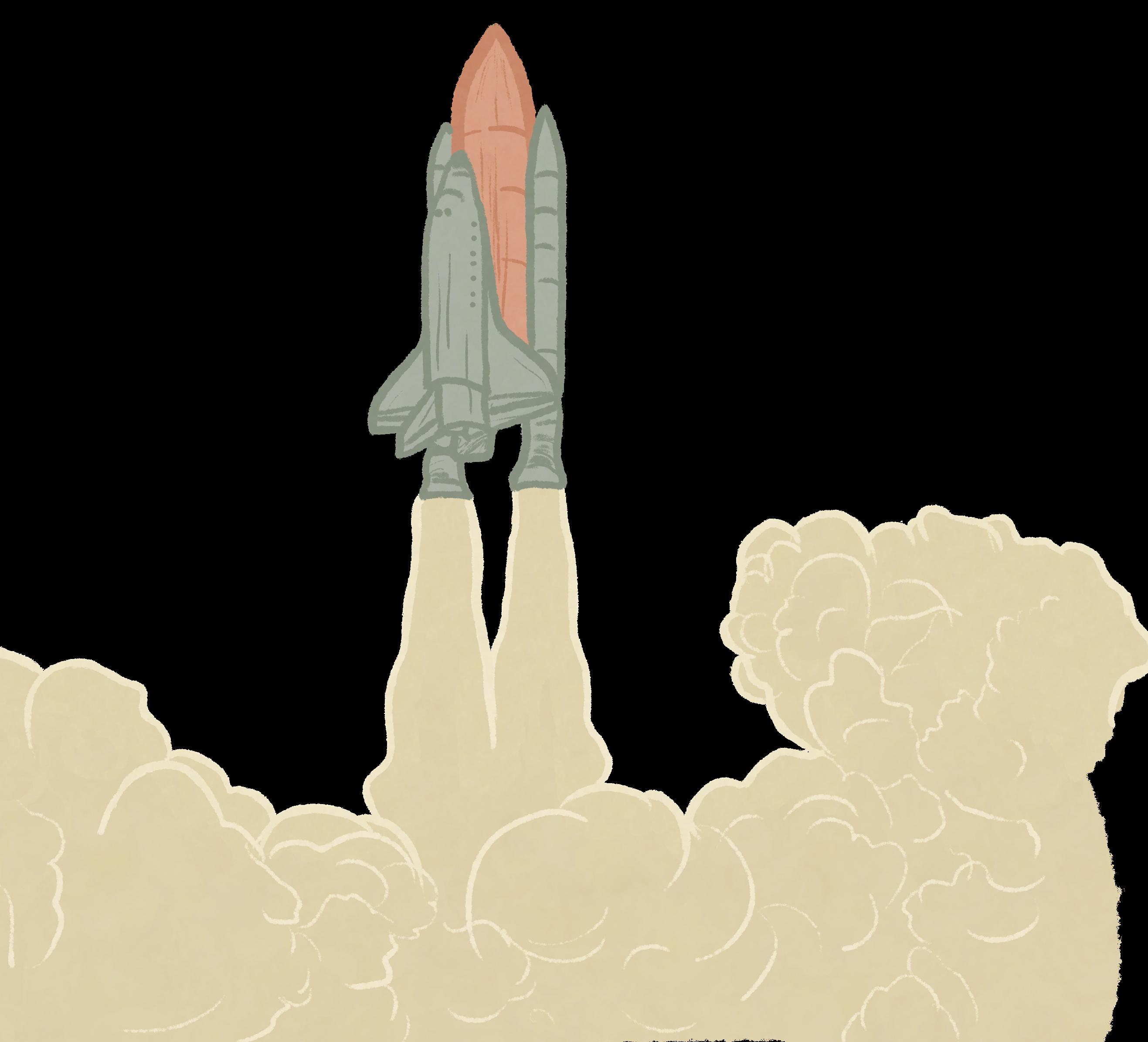PLASTIC PANDEMIC OF 2020: HOW OUR GROWING EXPECTATIONS FOR NATURE CONSERVATION THROUGH RECYCLING TUMBLED BY GLOBAL CRISIS By Isabella Oliveros, George W. Hewlett High School In 2020, a coronavirus named SARS-CoV-2 left a destructive aftermath on the well-being of the United States of America and the world alike. The virulent strain was classified as a pandemic on March 11, 2020, and has devastated millions of people, businesses, families, and workers since (1). 14% of Americans have been hospitalized by this global pandemic, and the quality of life in the United States was not the only thing disrupted (2). COVID-19 has affected health systems, living standards, and the economy. It has also severely impacted the working efforts of plastic pollution reduction by activists all over the earth. The expectation of decreasing plastic waste in the environment is put “on hold” with the increasing demand for PPE’s (Personal Protective Equipment), such as face shields, gloves, masks, individually-wrapped items, and even plastic wrapping for things such as hand sanitizer and toilet paper (3). Before the pandemic began, several states had banned reusable grocery bags, resulting in the single-use plastic bag taking over once again. According to Mark Murray, the executive director of Californians Against Waste, 500 million additional plastic bags per month have been handed out in California. (4) Before the COVID-19 pandemic, over two billion people lacked access to waste collection while over three billion people lacked access to waste disposal; yet, ensuring reliable and safe services for municipal solid waste management is a necessity to preserve the environment and public health while simultaneously suppressing the spread of the disease (5). This same inaccessibility to proper waste disposal is aggravated by the pandemic. The panic buying of food, toilet paper, cleaning products, and hand sanitizers drastically increased the disposal of both perishable and non-perishable products, generating tonnes of waste throughout the world (6). Reports of hundreds of thousands - even millions of synthetic face masks and gloves improperly disposed of on Hong Kong sidewalks created a polluted city and a harmful environment (7). During the pandemic, the sudden demand for
35
YIWC
PPE was unexpected and surprising. Single-use mask production rocketed to 12 times the typical rate, up to 116 million per day, in China (8). If the global population resumes the practice of using this many standard one-use disposable face masks per day, the pandemic could result in a waste of 129 billion face masks and 65 billion gloves (9). Researchers have found that the plastic pollution originating in
In order to facilitate the safe discarding of plastic waste in our ecosystem, legislators must consider and develop different approaches to meet the most effective goal.





